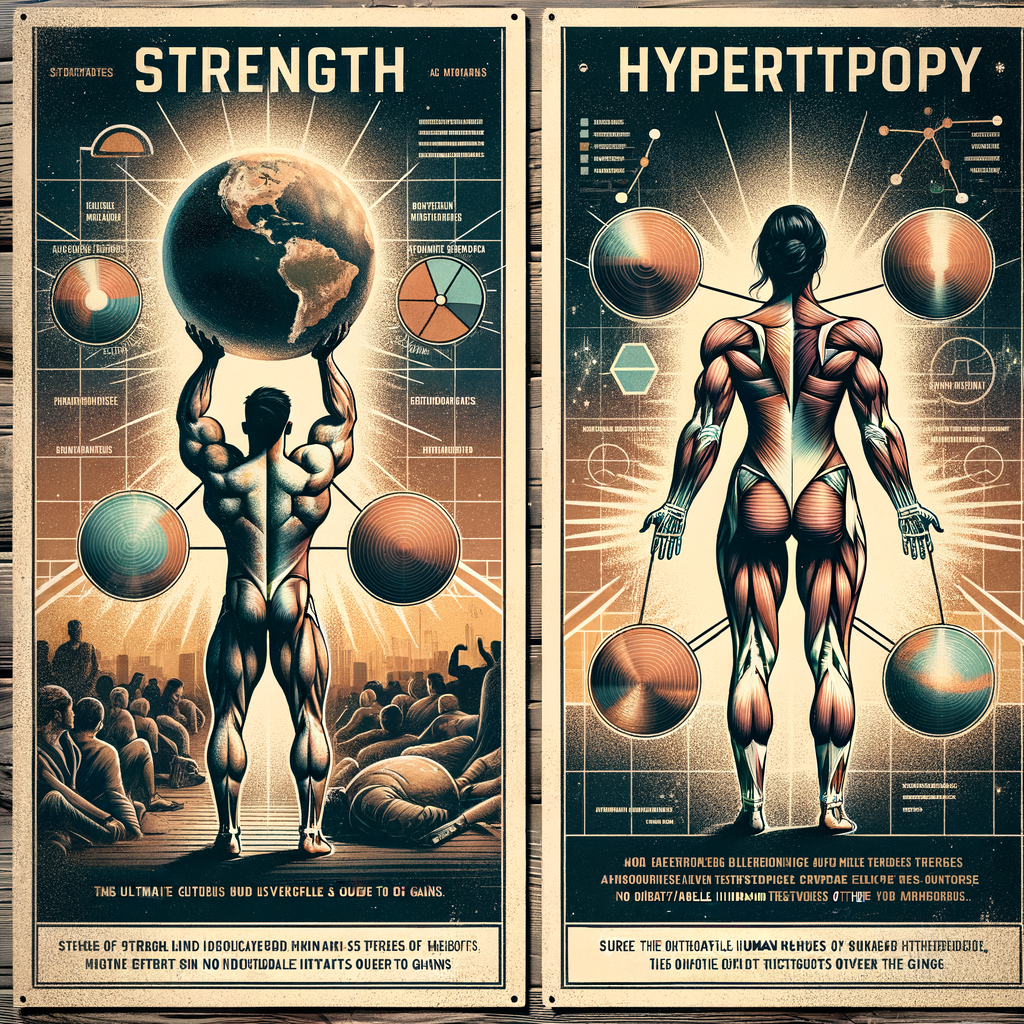- Understanding the Cutting Phase
- The Importance of Nutrition
- Prioritizing Protein Intake
- Timing Your Meals
- Balanced Macronutrient Ratios
- Emphasizing Strength Training
- Incorporating Cardiovascular Exercise
- Staying Hydrated
- Recovery is Essential
- Monitoring Your Progress
- Common Mistakes During Cutting
- Tips for Sustainable Cutting
- Managing Hunger Cravings
- Staying Motivated
- Conclusion
- FAQs
- References
Understanding the Cutting Phase
Cutting refers to a dietary phase where the goal is to lose fat while preserving lean muscle mass. Many athletes and fitness enthusiasts undergo cutting phases to showcase their hard-earned muscle definition. However, balancing fat loss without sacrificing muscle is tricky. When done correctly, it can yield impressive results.
Muscle loss during cutting happens primarily due to two factors: inadequate nutrition and insufficient training. If you reduce caloric intake significantly, your body may tap into muscle protein for energy. This is why understanding proper cutting techniques is essential. Achieving your cutting goals while maintaining muscle mass requires a structured approach.
The Importance of Nutrition
Nutrition plays a crucial role in every phase of fitness. During a cutting phase, it’s essential to focus on nutrient-dense foods. These foods provide the vitamins, minerals, and macronutrients your body needs without excess calories. A well-balanced diet will ensure your body has the energy to function while minimizing muscle loss.
Start by calculating your caloric needs. Use an online calculator to determine your Basal Metabolic Rate (BMR). Next, establish a caloric deficit of around 500 calories per day. This deficit allows for fat loss while maintaining muscle mass.
Prioritizing Protein Intake
Protein is king when it comes to preserving muscle during a cutting phase. Aim for 1.2 to 2.2 grams of protein per kilogram of body weight. This range varies based on your activity level and overall goals. Adequate protein intake helps prevent muscle breakdown and supports recovery.
Incorporate lean protein sources into your meals, such as chicken, turkey, fish, eggs, or plant-based options like lentils and beans. Additionally, consider protein supplements if you struggle to meet your daily protein requirement through food alone.
Timing Your Meals
Meal timing can also impact your cutting success. Frequent meals throughout the day may help regulate appetite and stabilize energy levels. Aim to eat every 2-4 hours to keep your metabolism steady.
Consider consuming protein-rich meals or snacks post-workout. This timing allows your muscles to recover and grow. Pairing protein with carbohydrates post-exercise can optimize recovery.
Balanced Macronutrient Ratios
While protein is essential, the right balance of all three macronutrients—carbohydrates, proteins, and fats—paves the way for success. Carbs provide energy for workouts, while healthy fats support hormone production and overall health.
A typical macronutrient distribution during cutting could look like this:
| Macronutrient | Percentage of Daily Calories |
|—————–|—————————–|
| Protein | 30-40% |
| Carbohydrates | 30-50% |
| Fats | 20-30% |
Adjust these ratios according to individual needs and preferences.
Emphasizing Strength Training
Maintaining a strength training regimen during a cutting phase is crucial for muscle retention. Prioritize compound exercises like squats, deadlifts, and bench presses. These exercises recruit multiple muscle groups and promote overall strength.
Aim for at least three strength-training sessions per week. Focus on progressively increasing weights to challenge your muscles. This strategy ensures your body has a reason to retain muscle, even when in a caloric deficit.
Incorporating Cardiovascular Exercise
Cardio can assist in burning extra calories. However, excessive cardio might lead to muscle loss. Strike a balance between cardio and strength training. High-Intensity Interval Training (HIIT) is an effective option, as it burns calories efficiently without significantly impacting muscle mass.
Consider including 2-3 short HIIT sessions weekly, complemented by moderate-intensity steady-state cardio. Adjust the duration based on your unique needs.
Staying Hydrated
Hydration aids in many bodily functions, including transporting nutrients and muscle recovery. Dehydration can lead to fatigue, negatively affecting performance during workouts. Aim for at least 2-3 liters of water daily, adjusting for activity level and climate.
Consider electrolytes if you engage in prolonged or intense exercise. Electrolytes help maintain fluid balance and enhance recovery.
Recovery is Essential
Recovery is often the unsung hero of any fitness journey. Getting adequate sleep and allowing muscles time to recover prevents burnout and supports muscle retention. Aim for 7-9 hours of quality sleep nightly. Poor sleep can hinder recovery, reduce energy levels, and promote muscle loss.
Incorporate active recovery days. Activities such as stretching, yoga, or light walking facilitate blood flow to tired muscles without causing additional strain.
Monitoring Your Progress
Keeping track of your progress is vital during cutting. Regularly monitor your weight, body measurements, and strength levels. Use a journal or fitness app to log your workouts and meals.
Progress photos can also serve as motivation, allowing you to visually track changes. Remember, the scale might not always reflect your efforts accurately, especially during muscle preservation. Focus on overall body composition rather than just weight.
Common Mistakes During Cutting
Recognizing potential pitfalls can enhance your cutting success. Many people make the mistake of drastically reducing calories. This approach can slow metabolism and lead to muscle loss.
Another common issue is inadequate protein intake. Skipping protein-rich foods can lead to muscle breakdown and hinder recovery. Ensure you prioritize protein in your daily meals.
Lastly, neglecting strength training often results in muscle loss. Focus on training your muscles regularly to maintain strength during a caloric deficit.
Tips for Sustainable Cutting
Sustainable cutting relies on gradual changes rather than extreme diets. Start by making small adjustments to your nutrition and exercise routine. Allow your body time to adapt to these changes for long-term success.
Stay patient and realistic with your goals. Rapid weight loss often leads to muscle loss and can lead to bounce-back weight gain. Aim for a sustainable weight loss of 0.5-1 kg per week, adjusting your expectations based on individual factors.
Managing Hunger Cravings
Hunger cravings can derail your cutting efforts. To combat this, include fiber-rich foods in your diet. Foods like vegetables, fruits, and whole grains keep you full longer.
Consider smaller, more frequent meals, which can help manage hunger. Healthy snacks, such as nuts or Greek yogurt, can curb cravings without compromising your calorie goals.
Staying Motivated
Maintaining motivation throughout your cutting phase can be challenging. Set specific, measurable goals to keep yourself accountable. Create a vision board to visualize your end goals or share your journey on social media for added motivation.
Find a workout buddy or community to stay engaged. Surrounding yourself with like-minded individuals fosters accountability and encouragement.
Conclusion
Cutting without muscle loss is entirely achievable with the right strategies. Prioritizing nutrition, strength training, and recovery will lead to sustainable results. Remember, every individual is different, so listen to your body and adjust your approach as needed.
Seek guidance from experts if you’re ever unsure. With dedication and a proper plan, you can achieve your cutting goals without sacrificing muscle.
FAQs
1. Can I cut without losing muscle?
Yes, by focusing on protein intake, strength training, and maintaining a slight caloric deficit, you can preserve muscle while cutting.
2. What type of exercise is best during a cutting phase?
Incorporate strength training and HIIT cardio to effectively cut fat while retaining muscle.
3. How quickly can I expect to see results during cutting?
Most people see initial results in 1-2 weeks, but significant changes may take 4-6 weeks or longer.
4. Should I take supplements while cutting?
While not necessary, supplements like protein powder can support your protein intake. Consult with a healthcare professional for personalized advice.
5. How do I know if I’m losing muscle?
Signs of muscle loss include decreased strength, increased fatigue, and visible changes in muscle definition.
6. Can I cut if I’m a beginner?
Yes, beginners can cut by following proper nutrition and gradually incorporating strength training to prevent muscle loss.
7. Is intermittent fasting effective for cutting?
Intermittent fasting may help some individuals reduce caloric intake, but results vary. It’s best to experiment and find what works for you.
8. How can I satisfy cravings while cutting?
Incorporate healthy snacks, focus on high-fiber foods, and drink plenty of water to help manage cravings.
9. Is it safe to be in a caloric deficit long-term?
A modest caloric deficit can be healthy long-term, but it’s essential to reassess and adjust based on individual progress.
10. What should I do if I’m not seeing results?
Reevaluate your diet, exercise routine, and caloric intake. Consider consulting a trainer or nutritionist for personalized guidance.
References
– American Council on Exercise. (ACE).
– Nutrition.gov.
– MyFitnessPal.
– Harvard Health Publishing.
– National Institute of Health.



